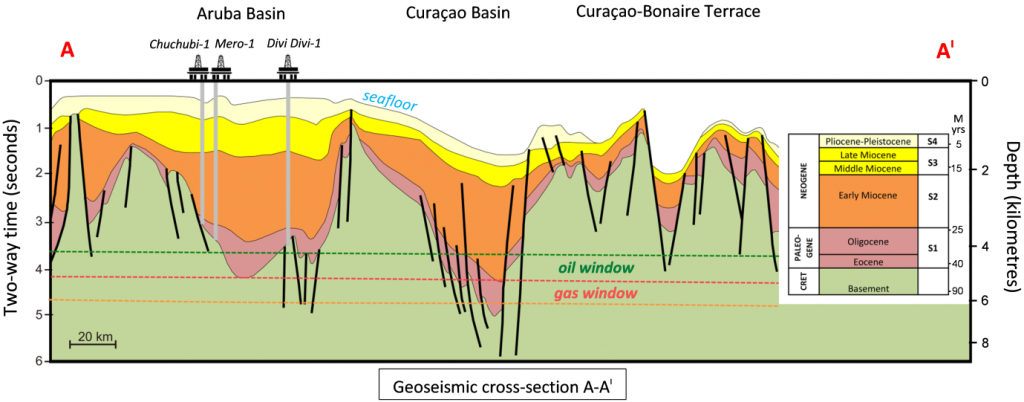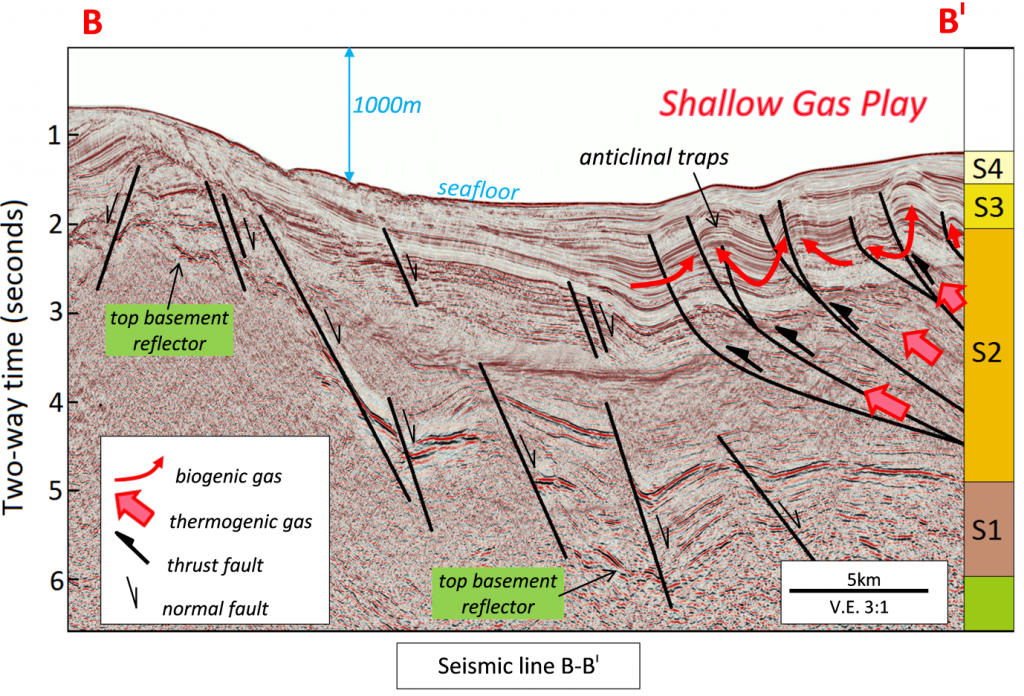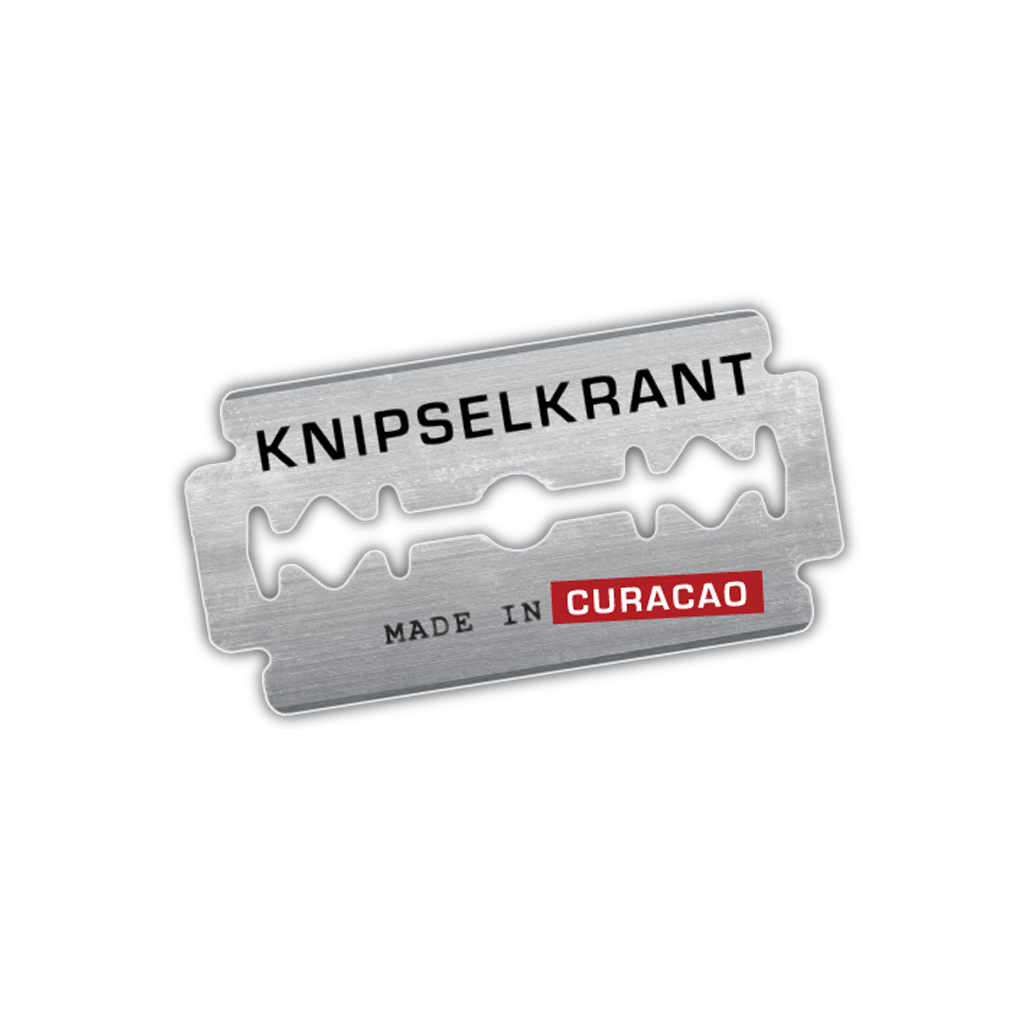Opinion By Dr John Wright

It is now two years since the incorporation of the new public company, Curaçao Oil and Gas Company (KPG), whose main task is to organise and facilitate Curaçao’s petroleum exploration aims.
This misfortunately coincided with one of the major collapses in global oil prices worldwide, which persists as the underlying concern of market oversupply remains.
While there was barely a mention of the topic in the recent election one of the first jobs of the new Parliament will be to pass the Petroleum Ordinance. With this in mind, and what now appears to be more advanced talks on the building of an LNG terminal, Curaçao Chronicle thought it opportune to ask Dr. John Wright to provide a technical update on the possibilities of discovering hydrocarbons in Curaçao’s territorial waters.
His opinion follows:
Introduction
Although the world oil price slump has forced major reductions in exploration budgets in frontier areas, during the past two years Colombia’s Ecopetrol and partners have announced two major gas finds in deeper waters of the southern Caribbean Sea.
Firstly, the Orca-1 well located in 670m of water north of the Guajira Peninsular; this is potentially a giant field estimated to hold 4 TCF (trillion cubic feet) of gas. Secondly, Kronos-1 drilled in 1,580m of water, which intersected 40-70m of natural gas pay.
These finds follow Repsol’s Gulf of Venezuela gas discovery of the giant Perla field (16.3 TCF) in shallow water in 2009, which came on-stream in July 2015, and those in the western Guajira Basin by Chevron in the early 1970s. Chevron operates three fields, the giant offshore Chuchupa gas field (5.7 TCF), and Bellena (1.3 TCF) and the smaller Riohacha field onshore.

Emerging World Class Gas Province
Such new discoveries confirm the southern margin of the Caribbean tectonic plate, which Curaçao is geologically part of, as an emerging world class gas province. Here, approximately 30 million years ago, the Caribbean plate fragmented and commenced to slide or ‘subduct’ at low angles (about 20 degrees) below the Leeward Antilles and western and central South America.
What is interesting about these gas fields is, firstly, they are mainly if not entirely sourced from Tertiary rocks (rather than the prolific Late Cretaceous La Luna Formation as at Lake Maracaibo) and, secondly, appear to contain significant volumes of unconventional biogenic gas. The Ballena and Riohacha fields are considered to have solely a biogenic origin, while the Chuchupa field is thought to have mixed biogenic-thermogenic origins.
 Generation of thermogenic or ‘conventional’ oil and gas occurs during burial of sediments rich in organic matter (termed kerogen), which are called source rocks. The best source rocks are organic-rich shales and carbonaceous limestones (such as the La Luna Formation), containing as much as 10-15% TOC (total organic content). Source rocks are also divided into those generating predominantly oil (Type II kerogen), or gas (Type III kerogen).
Generation of thermogenic or ‘conventional’ oil and gas occurs during burial of sediments rich in organic matter (termed kerogen), which are called source rocks. The best source rocks are organic-rich shales and carbonaceous limestones (such as the La Luna Formation), containing as much as 10-15% TOC (total organic content). Source rocks are also divided into those generating predominantly oil (Type II kerogen), or gas (Type III kerogen).
With increasing temperature and pressure, the thermal cracking of kerogen takes place, whereby, heavy hydrocarbon molecules are broken into lighter molecules. The onset of oil generation commences at about 60oC, with peak generation at 90-100oC. At 130oC source rocks are spent of further oil capacity. After which generation of natural gas, primarily methane (but also ethane, propane, butane and pentane), may continue up to 180-200oC.
At normal geothermal gradients of around 30oC/km, the ‘oil window’ corresponds to burial depths of about 1.5-4km. At lower geothermal gradients oil will be generated at deeper depths, while at higher gradients oil may be generated at shallower depths. Depending on geothermal gradient and type of kerogen, the gas generation window corresponds generally to burial depths of between 4-6km.
Natural gas may also be generated at much lower temperatures by biological processes, where anaerobic bacteria produce methane during early burial of organic-rich sediments. This type of gas is referred to as ‘biogenic’. In the past, biogenic gas found at shallow-levels was generally never seriously regarded as having much commercial interest but, with increasing natural gas demands globally, oil companies are giving more attention to its exploration and exploitation.
Thick Tertiary Sediments
Seismic and correlation of data from three petroleum wells drilled between 1989-90 offshore Aruba show thick accumulations of buried Tertiary sediments in and around Curaçao’s territorial waters. These unconformably overlie Late Cretaceous basaltic volcanic basement (locally called diabase), marked by a strong regional seismic reflector. This is generally observed at about 1.5km to more than 6km deep below the Tertiary sediments.
Tertiary sediment thickness by itself is therefore not a limiting factor to exploration. Theoretically, the deepest buried Tertiary sediments (>6 km) may have generated both thermogenic oil and gas. Whether any hydrocarbons have actually been generated depends on Tertiary source rock availability and richness, and geothermal gradient. Late Cretaceous volcanic rocks have no hydrocarbon source rock potential.
Tertiary sediments are sub-divided into four stratigraphic or depositional sequences. Potential mud and claystone source rocks occur through depostional sequences 1 and 2 (oldest and deepest). Geochemical analysis from the Aruban wells show however these are largely only poor-to-fair in terms of petroleum generating potential, averaging 1% TOC (total organic carbon), with an upper limit of 2.6%. The organic matter consists predominantly of gas-prone Type III kerogen.

In terms of maturity, these were either immature or passed just into the very top of oil window. The geothermal gradient measured from the three wells is 18-20oC/km, which geologically is relatively low. Extrapolating these data indicate only in the deepest basins source rocks likely generated thermogenic hydrocarbons. In particularly the Curaçao Basin (west of Curaçao), which is possibly as deep as 8km.
A biogenic gas charge on the other hand could originate virtually from anywhere within shallow sediments, locally rich in organic material. The discovery of significant volumes of biogenic gas in the region have been attributed to a low geothermal gradient (typical of Cretaceous oceanic basaltic crust of the Caribbean plate) and high rates of recent sedimentation containing organic matter. These conditions appear present offshore Aruba where there are indicators in reprocessed seismic data of shallow gas.
Reservoirs
Petrophysical analysis from Aruban wells indicates potentially significant reservoir sandstones occur at the base of depostional sequence 1 with average porosity of 15%. Good quality reservoir sandstones could be widespread in this interval, both in the deeper depocentres and also in thinner preserved intervals on basin flanks. Limestones of this age also known on Curaçao, and are potential reservoir rocks if found within an offshore petroleum system.
Further potential reservoir rocks include deeper water sandstones and basin fan bodies, possibly developed through much of the Tertiary stratigaphy (depositional sequences 1, 2 and 4). There is also high potential for shallow water carbonate banks and reefs developed on basement highs (as reservoired at Perla), and the uplifted footwalls of extensional faults. Similar rocks are represented on Curaçao (Seroe Domi Formation) and may be present offshore. Fractured Cretaceous volcanic basement could have some reservoir potential along fault zones and on palaeohighs.
Upfront Gas Play
One area having immediate gas potential exists south of Curaçao. Here the Tertiary sedimentary section has been tectonically compressed and is characterised by folds, reverse faults and thrusts. Folding has created a zone some 20km wide called the La Vela fold and thrust belt, which is characterised by domal or anticlinal structures.
These structures occur in moderate water depths ≤1000m, and about 1000-1500m further below the seabed, presenting relatively shallow exploration targets. They are potentially important traps for biogenic gas, and also thermogenic gas linked down-dip via thrust and cross faults (migration route) to deeper buried source rocks. Interbedded shales and mudstones would be required to act as seals within anticlinal structures.

Petroleum Systems
From the above discusssion, it is apparent that Curaçao’s territorial waters do contain some favourable geological indications of petroleum exploration potential, in particular, for gas. The main limiting geological factor or ‘risk’ would be the lack of a proven source rock(s) and whether or not, if present, these ever generated commercial amounts of hydrocarbon fluids.
However, it is also important to understand that the presence of a source rock, reservoir and trap does not guarantee success, unless these form part of a ‘working’ petroleum system. For a petroleum system to successfully operate all essential elements of generation-migration-accumulation must occur linked together in time and space. Without more geological data, for Curaçao, the presence or absence of a working petroleum system is presently difficult to assess with confidence.
Conclusions
While Curaçao’s territorial waters possess some geological indicators of having gas potential, they remain high risk or frontier with no proven hydrocarbons. Reprocessing of historic 2D seismic data to modern specifications and more detailed (infill 2D, and 3D) seismic survey will be required. These data can be used to improve geological and thermal models, and to define actual prospects and drill targets.
The main commercial risks for Curaçao are the deep to ultra deep water, and lack of a proven source rock which if present have generated sufficient quantities of hydrocarbons. Despite the low oil price, a small number of international oil companies remain committed to deepwater exploration and production. The task remains for Curaçao’s national oil company KPG to provide the legislative, licencing and fiscal framework to attract their interest.
Recent discoveries of major gas fields in the southwest Caribbean Sea provide further encouragement for Curaçao’s exploration ambitions. With discussions presently taking place about converting Bullenbaai into a natural gas/LNG terminal, the long-term commercial prize for Curaçao would be a significant gas discovery promoting development of a fully integrated, modernised and cleaner upstream-to-downstream industry.
By Dr John Wright
Dr John V. Wright is a retired consultant geologist with over 30 years’ experience in natural resource exploration. All information in this article is based on publicly available sources, notably, the University of Texas ‘Caribbean Basins, Tectonics and Hydrocarbons Project’.
Bron: CuracaoChronicle


Ik vind ’t een beetje erg voorbarig om je daarover zorgen te maken.
Normaliter wordt de grond weer met water of zand gevuld om de druk te behouden en aardbevingen etc te voorkomen. En om de productie constant te behouden. Teveel te snel, dan gaat de gehele gas cq olie veld en productie naar de knopen. Het geheel kan zelfs ineenstorten en het veld niets meer zal produceren.
Maar alles hangt ook af van de type grond.
Ik weeet niet hoe dat in Groningen is gegaan.
Een mud expert (modder expert) kan dat beter vertellen.
Mud experts zijn de zeer maar zeer dure jongens die adviseren wat en hoe aan de hand van de grondgesteldheid. Ze adviseren aan hoe te boren, druk te behouden, wat in de grond te spuiten etc etc.
Dus ik zie niet zoveel gevaar voor ardbevingen etc. maar nogmaals, dat kan een mud expert beter vertellen.
Wat zijn de gevaren van meer aardschokken door gas of oliewinning? Daar zegt dit artikel niets over. Denk aan ze zorgelijke situatie in Groningen, omdat daar al lang gas wordt gewonnen. Blijkbaar zonder dat de diverse regeringen de negatieve gevolgen daarvan konden of wilden incalculeren. Dus de burger is de dupe. Het FD noemde dat op 17 november 2016 inzake de Belastingdienst, camouflagetechnieken. “Kabinet ‘camoufleerde’ belastingverhoging van €6,3 mrd.” Tja, wie het breed heeft laat het breed hangen. Kan met de verkiezingen een sigaar uit eigen doos worden gepresenteerd. Als cadeau van de regering aan u en mij. Renée van Aller & John de Vries